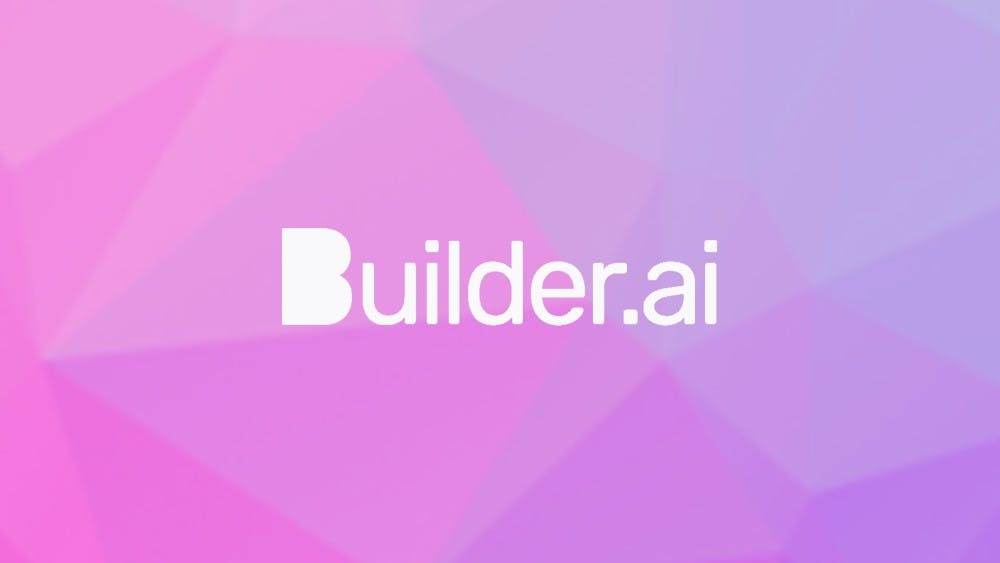Insights|
Blazing a trail
Technology is changing our society and markets so rapidly that it is both a science and an art choosing the companies that are likely to emerge as the winners in an ever-changing landscape. Some investments are a long time in the making because we often like to observe from the sidelines how the market is shaking out. Stephen Nundy and Oliver Heimes consider the forces shaping the healthcare and software markets.

In a software driven world, demand for software across many sectors is booming while the capacity of developers is shrinking. The models of the past, where companies outsourced software development and hoped that the technology would be fit for purpose for the next few years, no longer suffice. In the future we will have to become our own producers of technology.
This is where Builder.ai is making its impact. The company’s mission is to be the connection between every great idea and a fully realised product. The company intelligently automates the bringing together of expected features, behavioural templates and hundreds of other data points from other applications to better describe a project, as the sum of its parts. It offers a library of applications and the tools for people to build their own software solutions. It also makes sure that those solutions remain up to date with their vetted developer network, who in turn only provide the finishing touches or handle bespoke needs before they also get put back into the library for others to leverage.
In healthcare we spotted some companies in the US that were reinventing what healthcare is all about: the infrastructure, the patient experience and how patients are treated. We invested in Oscar, Cedar and Aetion, at a very early stage, and all three are now iconic in their respective fields. In Europe, though, the development of healthcare technology was not as advanced.
Then came Covid and everything changed. Covid accelerated the disruption in healthcare: the core infrastructure, how patients are managed, how data is transferred, how doctors make decisions. We see three factors – automation/technology, regulation and consumer preferences – coming together to create what we call the iPhone moment, the moment that changes everything.
Most of the action is likely to happen in the underlying infrastructure. If you want to change healthcare you have got to start at the core – the healthcare structure, communication platforms and payment platforms. We have experience in that. In the US we invested in Cedar before it launched and today it’s a USD3.5 billion company. Cedar built a layer, the rails, for patients to pay the hospital, a sort of Stripe for the healthcare industry. Having built this payment rail, it could then start scaling.
We’re now seeing something similar in Europe. AccuRx builds the communication layers for patients to connect with their doctors and for everyone involved in that patient’s care to communicate with each other.
"The speed of change that AccuRx adapted to is an example of how we need solutions that can live and breathe and morph on the fly."
Healthcare is now a communications industry. Everyone involved in a patient’s care – nurses, doctors, pharmacists – needs to communicate with each other, and with the patient.
We were the first company to offer the healthcare industry self-service software. We built the first patient-centred communication platform that aggregates all communication about that patient across the whole system. This will transform how teams deliver care as staff from different organisations can work as one team. We spent 2018–2020 growing our product for free, just focusing on adoption rates rather than revenue.
Then Covid came along. We built a video consultation capability that allowed patients to be screened remotely. Within weeks we were taken up by 90 per cent of GP practices. We didn’t even have a commercial team but very soon we hired commercial talent and explored how we could price our product. We gave the system six months’ notice and in September started charging for it, with a premium tier being launched next April.
We didn’t build specific things for the pandemic, but it accelerated latent needs in the system.
"Builder.ai flips software development upside-down by enabling customers to ‘order’ software on the world’s first software-creation assembly line."
We believe that software does not need to be built from scratch each time customisation is required: the applications are already out there and just need to be assembled in the optimal way.
Most software adheres to the 80:20 rule: 80 per cent of applications use the same features, such as they have login, password, payment integration, shopping cart. So we built a feature library and atomised software, allowing our customers to build just about anything. Our 500 features allow our customers to build a combination of 500m of things. We also built a digital assembly line. This reduces the amount of developers needed to build a piece of software by around 70 per cent.
Software is like milk: it’s perishable and goes out of date very quickly. We have a Care subscription service that makes sure the feature doesn’t go out of date. So for an average app of USD25,000, the Care subscription is around USD5,000. We also act as the gatekeeper for every single cloud provider that wants to exist in our customers’ applications.
We’re building a generational business. There’s no reason to assume we won’t be responsible for 1% of the world’s software. Then the path to 2% or 5% becomes even easier.
This article is part of the Lakestar Briefing, a periodical publication about Lakestar's portfolio companies and our network of inspiring minds we like to work with.
Click here to subscribe










